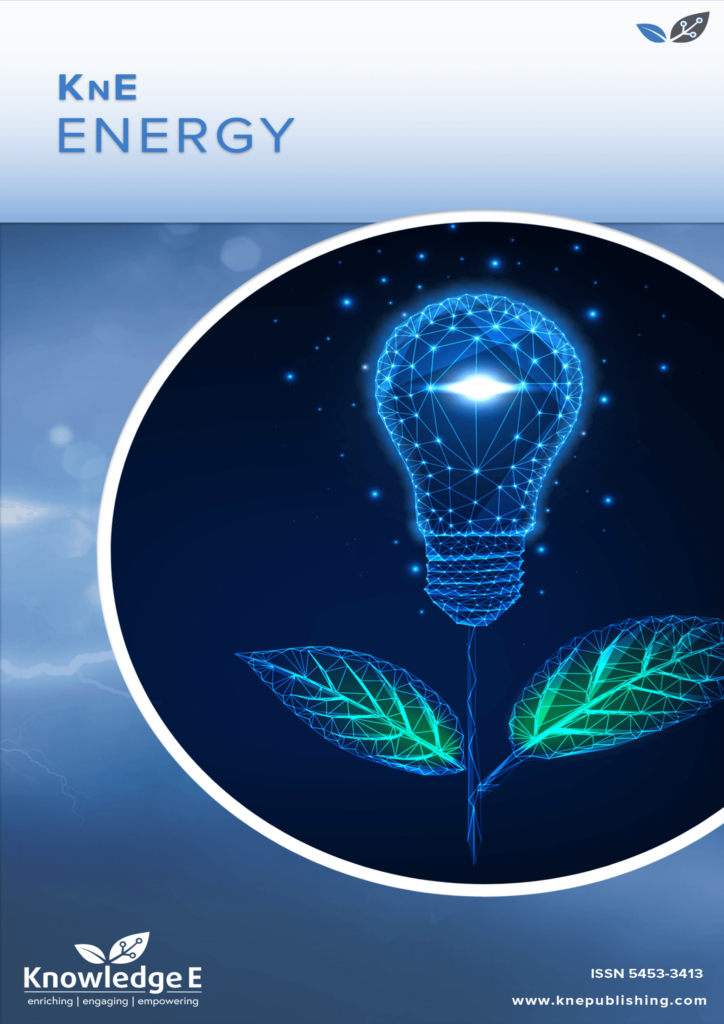
KnE Energy
ISSN: 2413-5453
The latest conference proceedings on energy science, applications and resources
Flexblue® Underwater Reactor: Introduction To The Concept And To The Passive Safety Strategy For A Steam Generator Tube Rupture Accident
Published date:Sep 20 2016
Journal Title: KnE Energy
Issue title: International Conference on Nuclear Energy Technologies and Sciences (2015)
Pages:193-211
Authors:
Abstract:
Nuclear power plants (NPPs), which are operating and under construction are large-scale reactors with an electrical output around 1,000 MWe. These plants do not address the needs of developing countries or archipelagos, where the grids are smaller and the investment capacities are limited. For this reason, many nuclear designers develop Small Modular Reactors (SMRs), which can generate electrical output below 300 MWe. DCNS offers a FLEXBLUE® as a solution to the problem. FLEXBLUE® is a subsea-based Small Modular Reactor and fully transportable nuclear module. A FLEXBLUE® module is designed for the single purpose of delivering electricity to the grid. Its power output is 160 MWe and is sent to the grid by submarine cables. The goal of this study is to work out an innovative strategy to handle a steam generator tube rupture with passive systems only, without releasing any radioactive elements to the environment, and without flooding the containment.
References:
[ 1] R. ROSNER and S. GOLDBERG, Small Modular Reactors – Key to Future Nuclear Power in the U.S., DOE technical paper, chapter 4, University of Chicago Energy Policy Institute, Illinois (2011).
[ 2] L. BOLDON et al, “Sensitivity Study of the Factors Affecting First-of-a-Kind and Nth-of-a- Kind SMR Investment Costs”, Proc. of ICAPP, Nice, France (2015).
[3] G. HARATYK, C. LECOMTE and F.X. BRIFFOD, “Flexblue®: a subsea and transportable small modular power plant”, Proc. of ICAPP, Charlotte, USA (2014).
[4] J. J. INGREMEAU and M. CORDIEZ, “Flexblue® core design: Optimisation of Fuel Poisoning for a Soluble Boron Free Core with Full or Half Core Refuelling”, Proc. of ICAPP, Nice, France (2015).
[5] IAEA, “Passive Safety Systems and Natural Circulation in Water Cooled Nuclear Power Plants”, IAEA-TECDOC-1624, Vienna, Austria (2009).
[6] M. SANTINELLO et al., “CFD investigation of Flexblue® hull”, Proc. of conference NUTHOS-10, Okinawa, Japan (2014).
[7] IRSN (French Institute for Radiological Protection and Nuclear Safety), “Elements of reflection concerning corium retention in the reactor vessel”, Opinions and experts reports, France (2014).
[8] G. HARATYK and V. GOURMEL, “Preliminary Accident Analysis of Flexblue® Underwater Reactor”, Proc. of ICAPP, Nice, France (2015).
[9] GRS, “ATHLET 3.0 Cycle A - User’s Manual”, GRSP-1 Vol. 1, Rev. 6 (2012).
[10] GRS, “ATHLET 3.0 Cycle A – Models and Methods”, GRS-P-1 Vol. 3, Rev. 3 (2012).
[11] N. TODREAS and M. KAZIMI, “Nuclear systems I”, CRC Press (1990).
[12] AMERICAN NUCLEAR SOCIETY, “American National Standard”, Decay heat power in light water reactors, ANSI/ANS-5.1-2005 (2005).
[13] US NRC, “ECCS Evaluation model”, 10 CFR Appendix K to Part 50.
[14] IAEA, “Safety related terms for advanced nuclear plants”, IAEA-TECDOC-626, Vienna, Austria (1991).